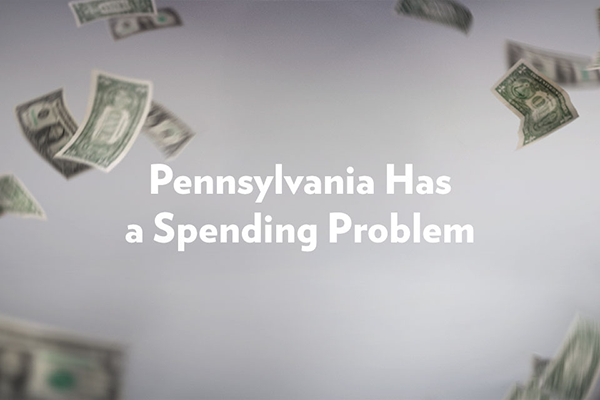As I pointed out last week, the total operating budget for Pennsylvania exceeds $80 billion. In addition to the $32 billion General Fund, the $49 billion “shadow budget” includes $28.7 billion in federal funds, $4.7 billion in special funds, and $15.3 billion in other state funds.
Lawmakers must prioritize all that spending.
In recent years, lawmakers have increasingly shifted spending out of the General Fund and into the shadow budget, which now houses 150-plus special funds. Indeed, since the 2000-01 fiscal year, spending from these other funds has grown a whopping 199 percent (the General Fund has grown “only” 61 percent in the same time).
As a result, the total state operating budget for 2016-17 represents about 12.3 percent of Pennsylvania’s personal income, up from 10.7 percent in 2000 and 8.6 percent in 1970. That's the highest it's been, excluding two years in which temporary federal stimulus dollars added to the state spending binge.
The chart below shows the growth of state spending as a percentage of the economy.
As Bob points out in his post yesterday, "To ignore the billions of dollars in shadow fund balances while increasing taxes on working families is simply unconscionable."
The more lawmakers shift funds off-book to this shadow budget then demand tax increases to pay for it, the more state spending will continue to grow unchecked—hidden from the eyes of the very people forced to fund it: hardworking Pennsylvanians.





